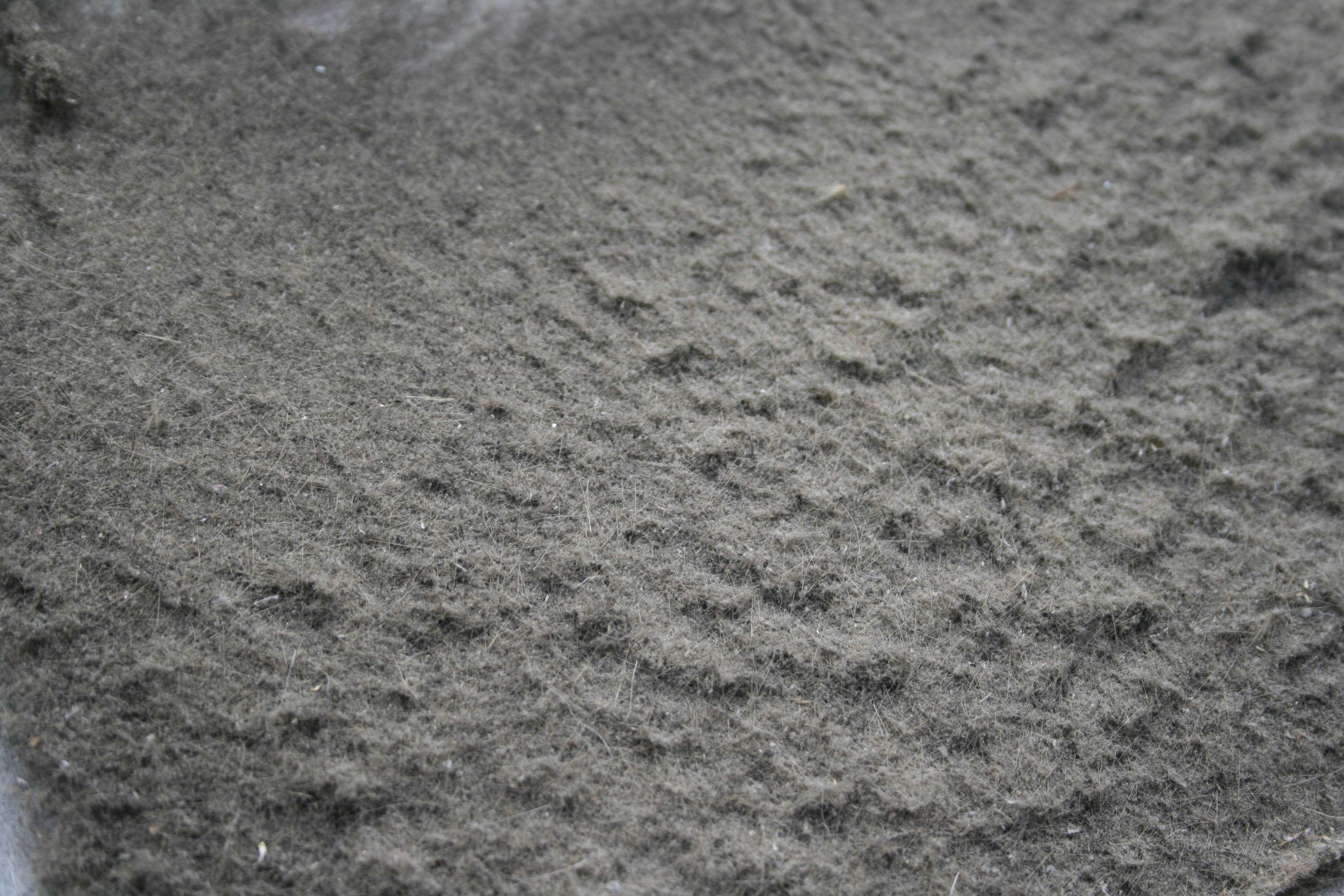After less than four months these pollen filters, from one of our heat recovery ventilation units, have trapped so much London air pollution that they need changing for fresh filters. By comparison, in a German city, where urban air quality is very much better, the same filters need changing only once a year. German vehicle testing (with the introduction of a colour-coded 'flag' system) would prevent a large proportion of UK vehicles from entering a German city.
The main purpose of a low-energy heat recovery ventilation unit (fitted as standard in a Passivhaus / Passive House home) is to reduce the need to open windows in the winter months. It does this by providing necessary 'hygiene ventilation' in a draught-free (relatively air tight) building while saving over 90% of the heat. By using 15 watts of power on extract and 15 watts on supply, a high quality heat recovery ventilation unit saves more than 10 times the amount of energy that it uses.

The good news is that heat recovery ventilation units help protect building occupants from a significant amount of pollution and pollen. Both are known causes of asthma. Additionally, heat recovery ventilation units in a passivhaus typically help produce optimum air humidity levels for maximum health benefits. The benefits of ideal indoor humidity levels include minimising bacteria, viruses and mould spores in the air. The optimum humidity levels for humans are not good for dust mites. They thrive in the damper conditions of many ordinary homes and are also a known cause of asthma.